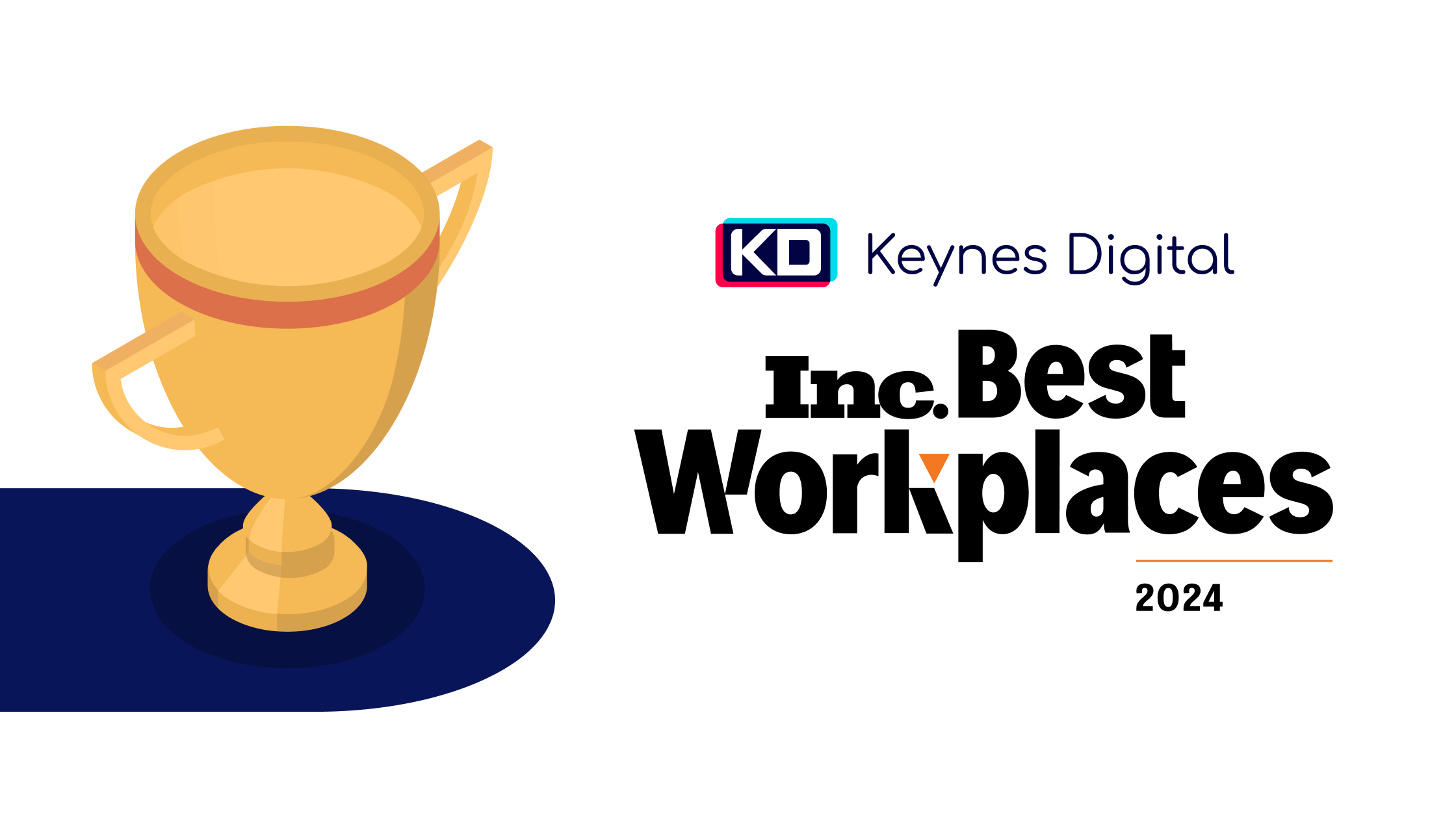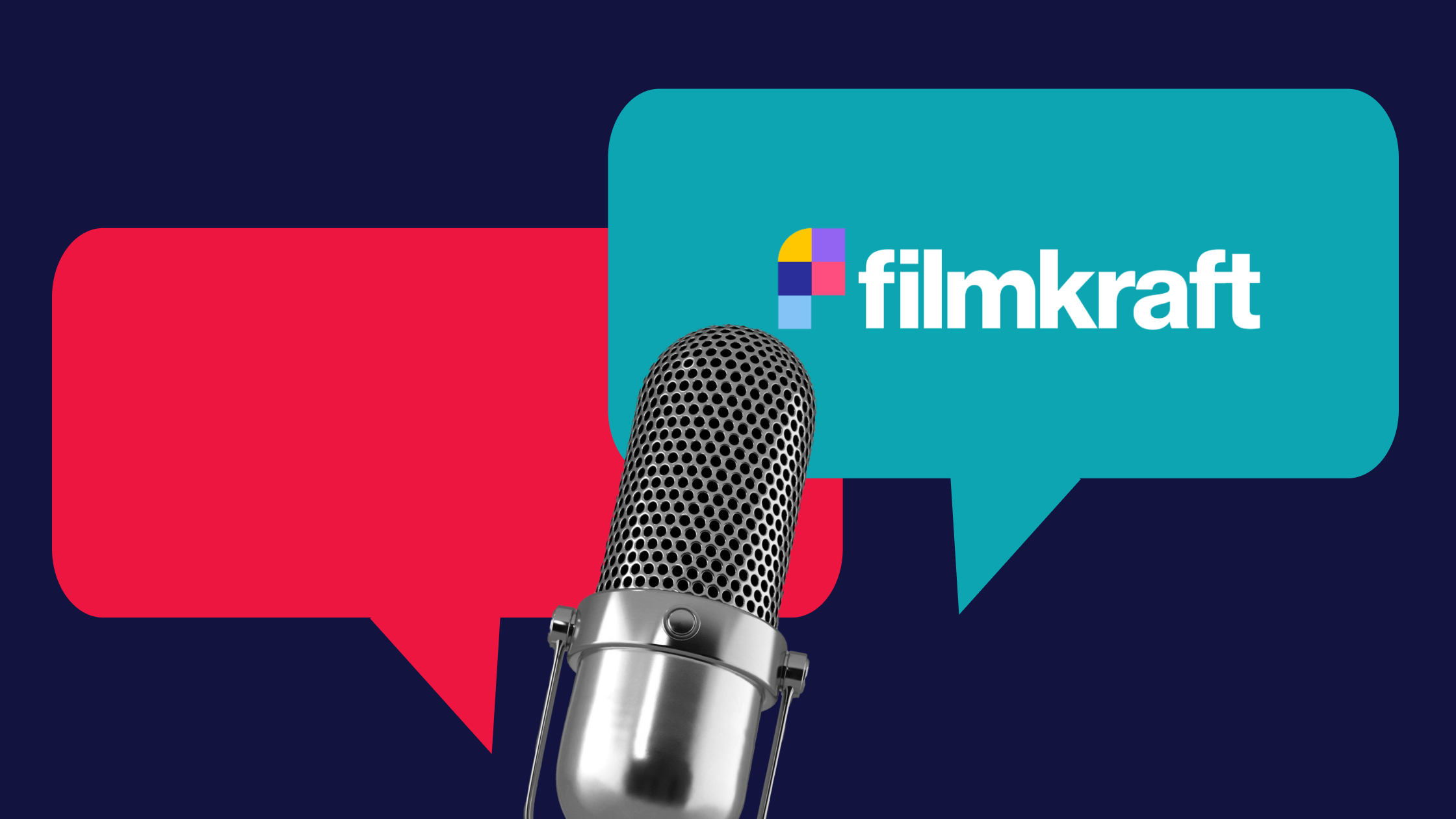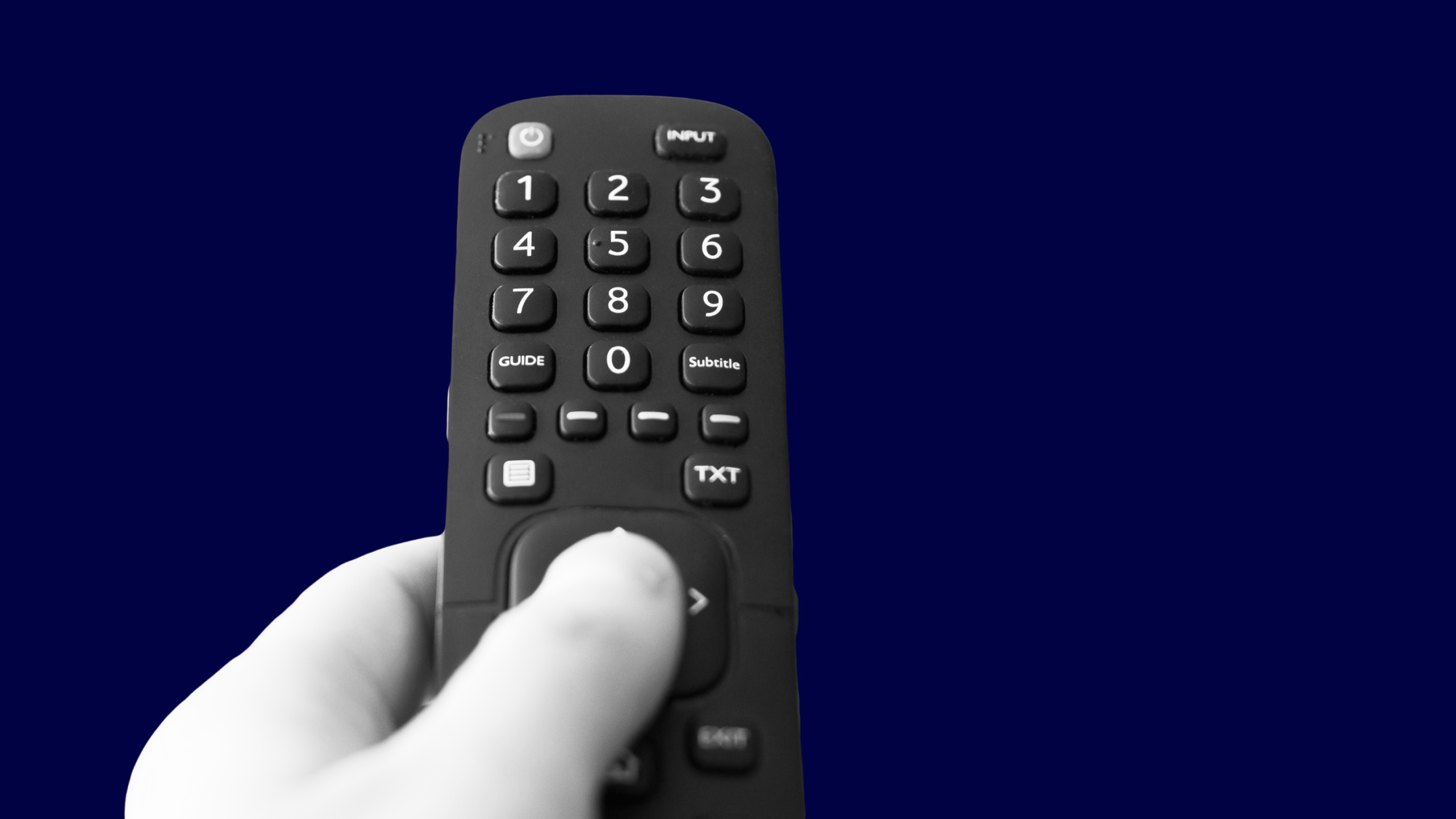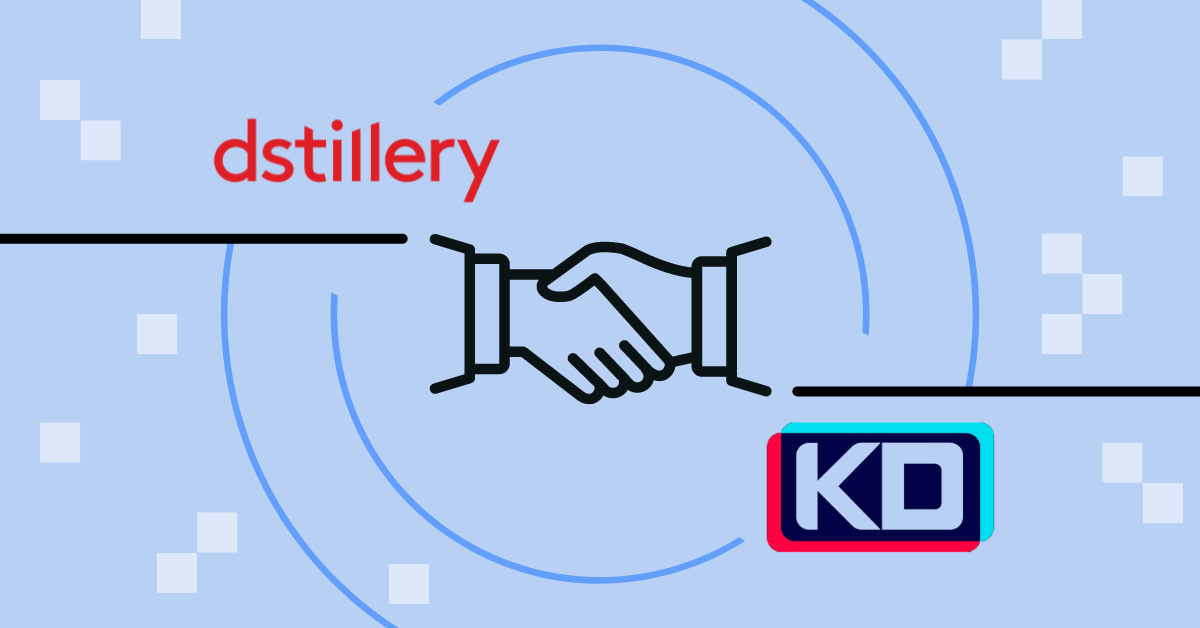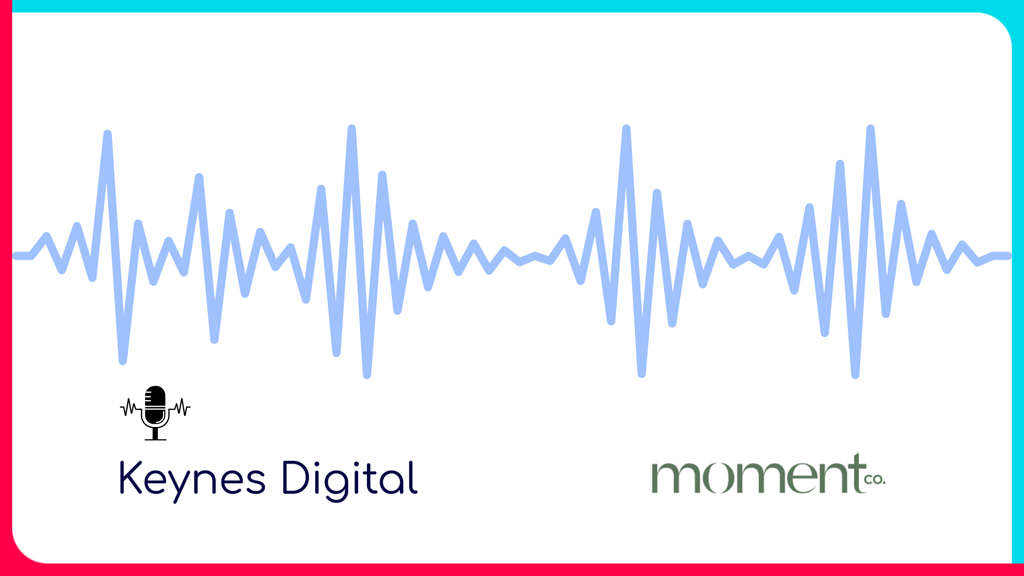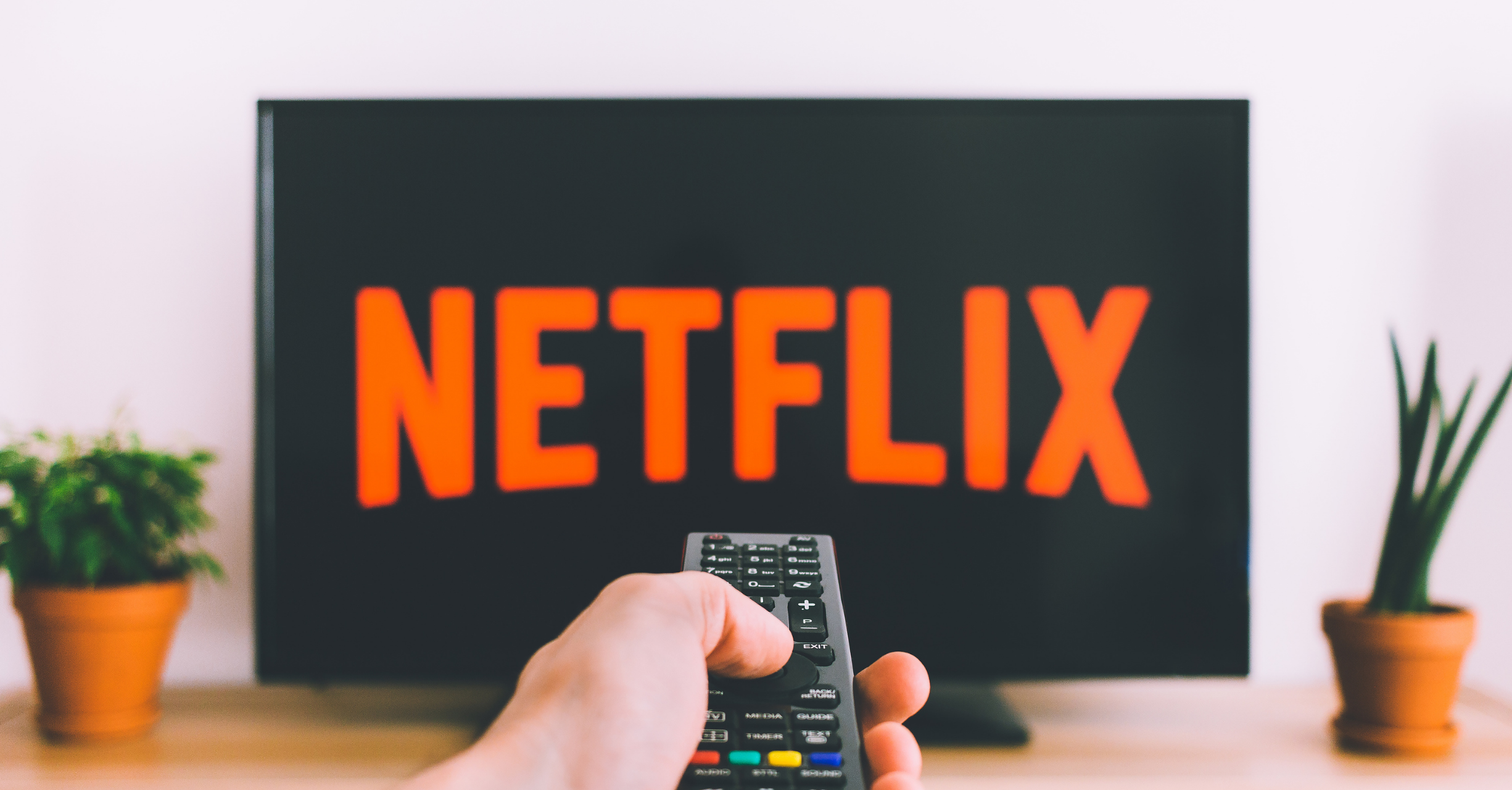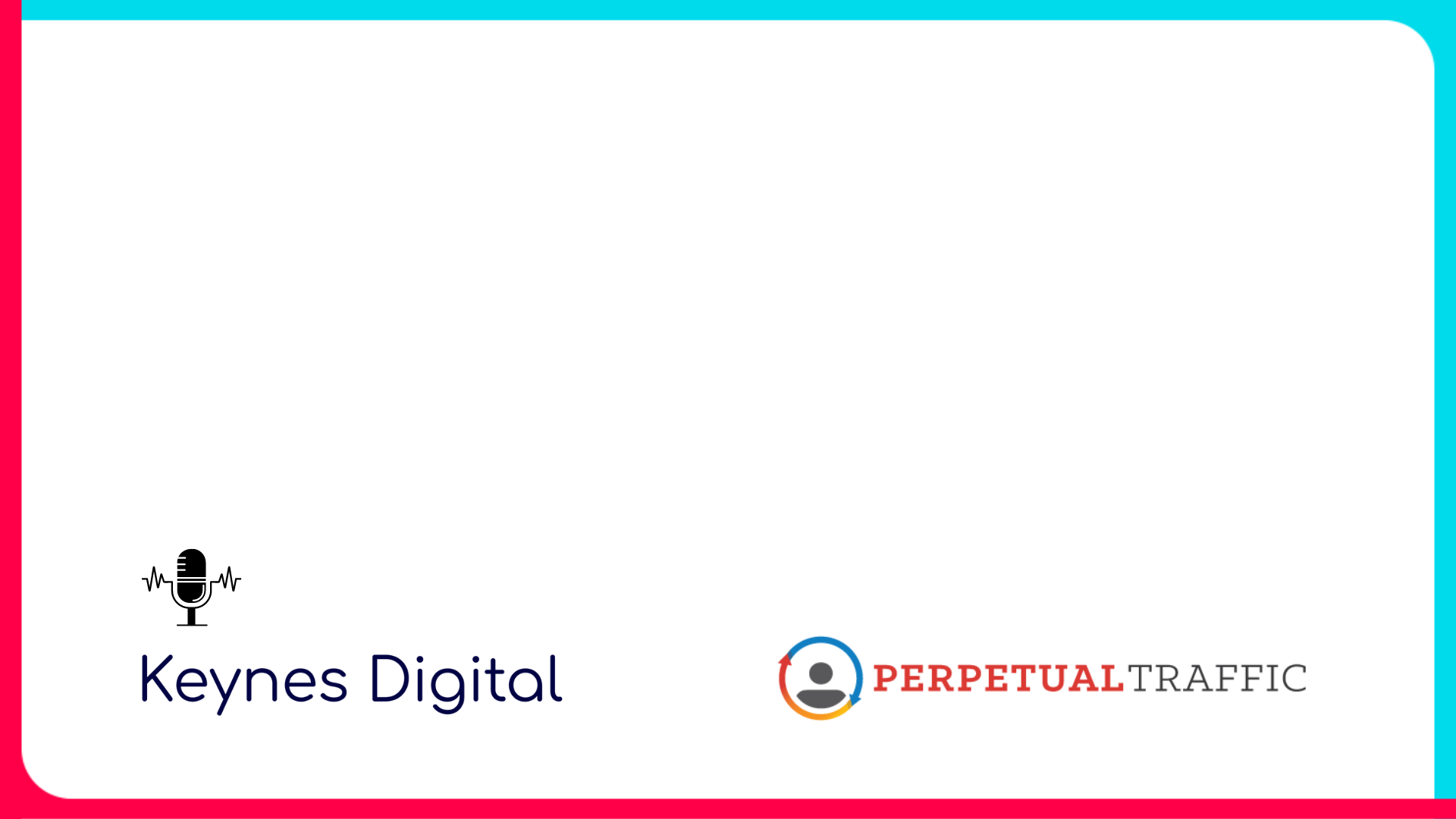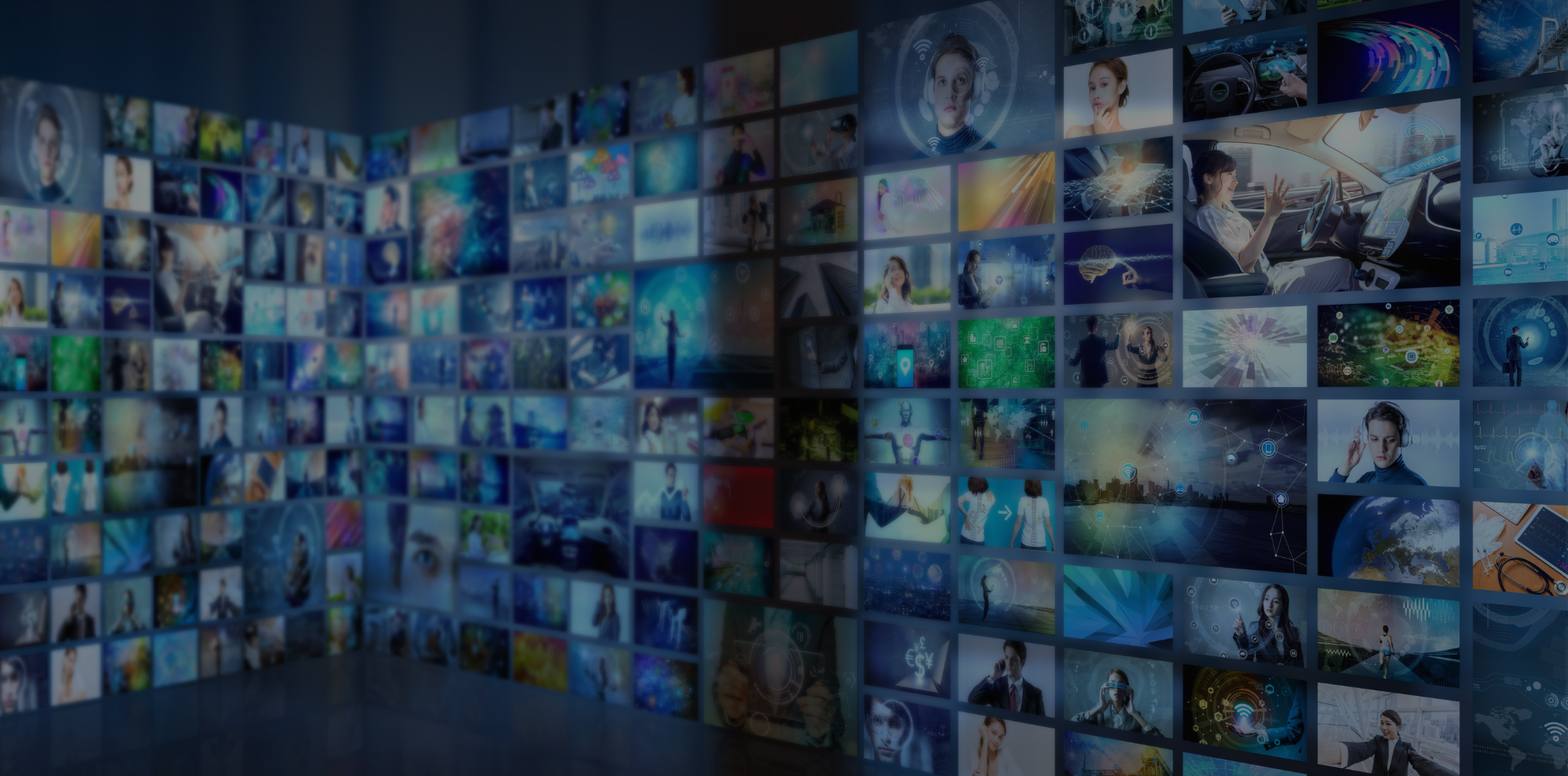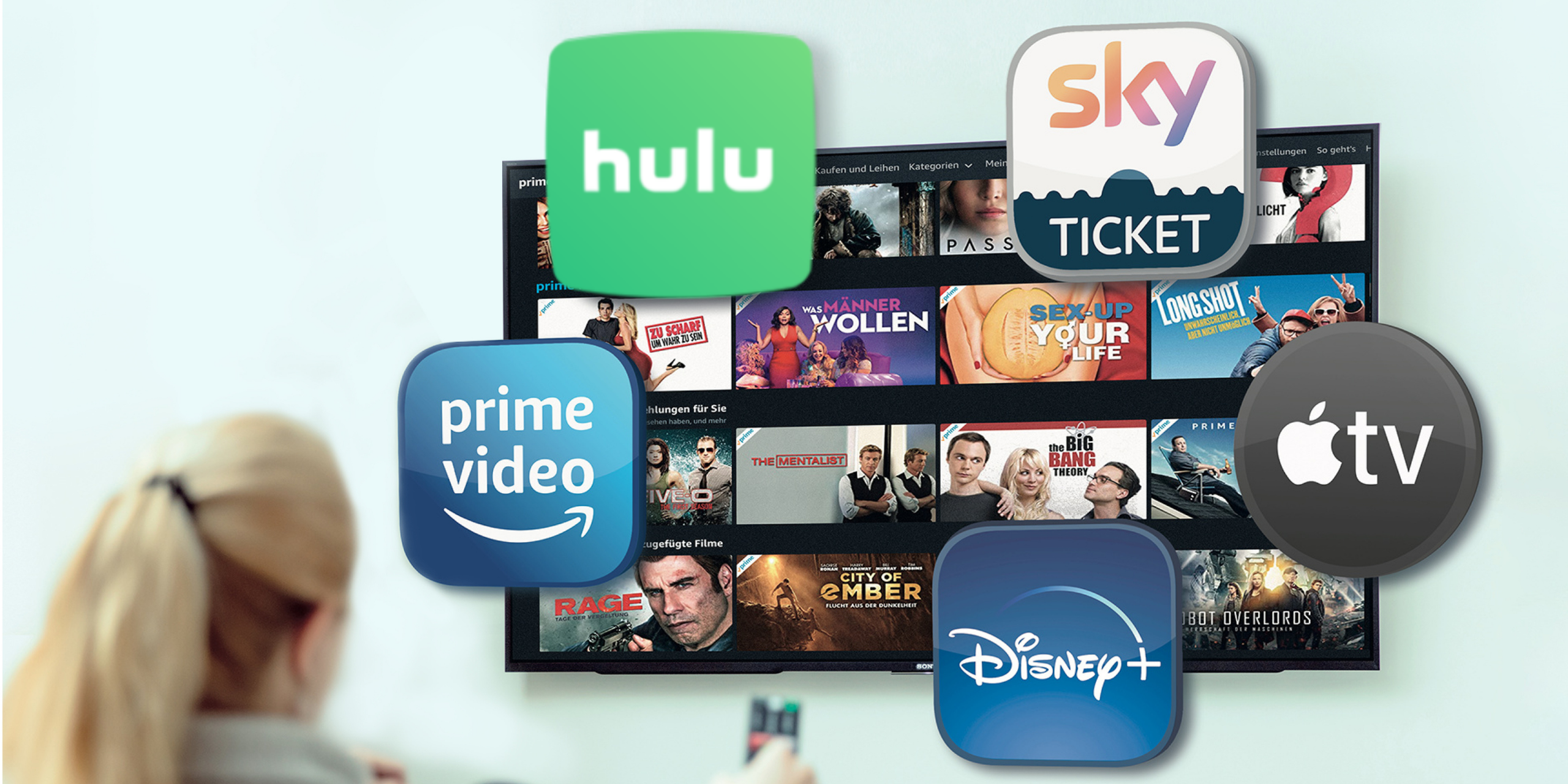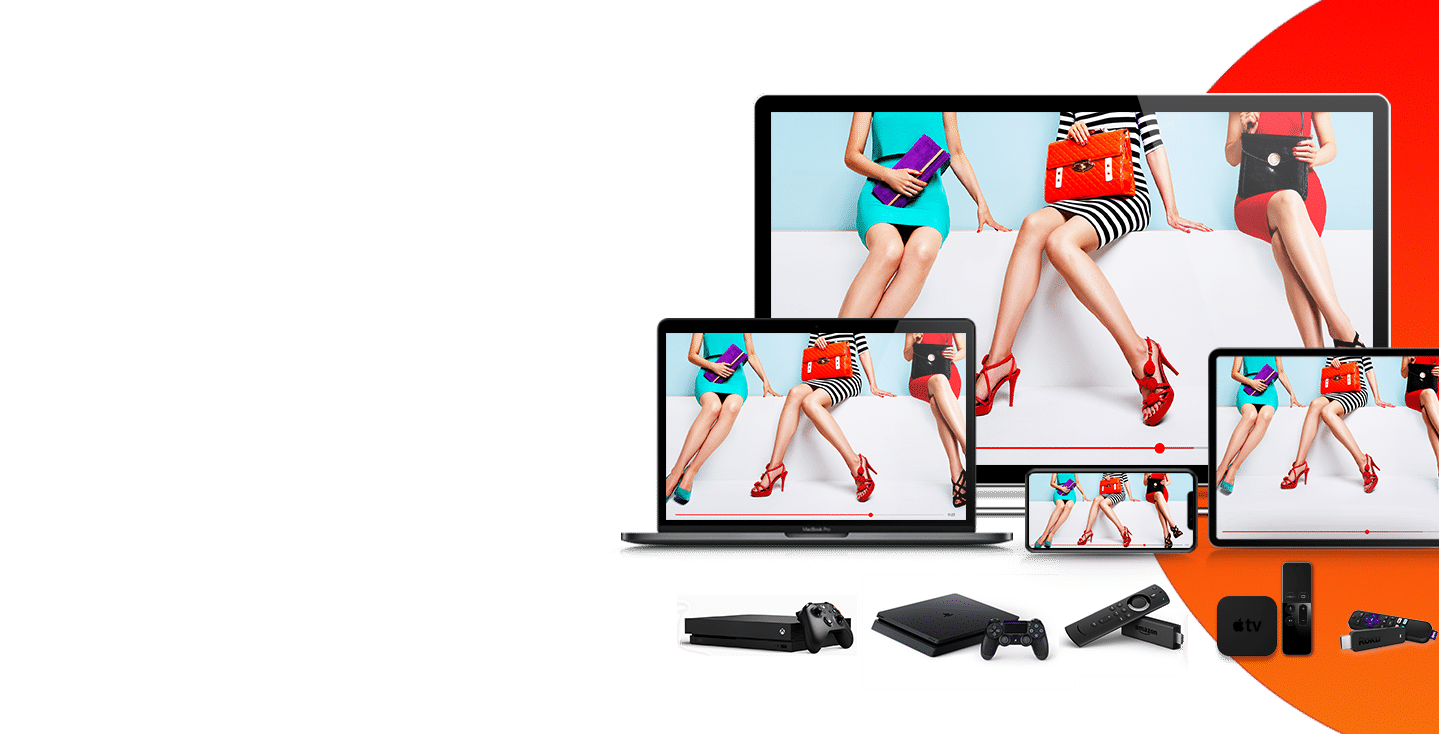Connected TV Performance Marketing Platform
Connected TV performance marketing is a type of strategy meant to drive sales for brands. Connected TV measurement tools for ads will demonstrate that a Return-On-Investment (ROI) is evident. Although advertisers can have long-term goals for connected TV marketing efforts, an immediate consumer response should also be seen.
Connected TV performance marketing can be particularly helpful for quick revenue increases. Using connected TV analytics, marketers will see any calls of action performed by viewers. For instance, an increase in web traffic, more application downloads, or higher sales figures.
What Is Connected TV?
What is CTV? To start off, brands need to familiarize themselves with what is connected TV and how it can be utilized in the digital ad space.
Connected televisions have online connectivity—potentially through an internal or external wireless device. Connected TV devices include smart televisions and sets that are hooked up to a gaming console or OTT device like an Amazon Fire Stick. Connected TV ads appear while viewers are streaming content.
What Is Connected TV Advertising?
Connected TV advertising statistics have convinced many brands to move their campaigns in new directions. According to Insider Intelligence, total money spent on connected TV ads by 2025 will significantly increase to more than $30 billion. Between 2019 and 2020, CTV campaign performance. grew 208% with 99% more site visits linked to performance ads.
CTV measurement also demonstrates that costs have gone down with the platform. The average Cost-Per-Visit (CPV) for performance campaigns has decreased by 23%. Along with cost savings, better targeting and reporting is provided for all who select connected TV advertising as part of their marketing strategy.
Connected TV vs OTT vs Linear TV
Connected TV vs OTT
Connected TV vs OTT is another type of comparison often made by digital marketers. OTT refers to content served to viewers over a traditional closed television system. OTT ads can be served on a variety of media types, including on-demand libraries and application home screens.
Since OTT means any video type streamed without cable or satellite, connected TVs display OTT media. Some connected TV examples that display OTT devices include:
- Amazon Fire Stick
- Roku
- Apple TV
- Sony Playstation.
- Xbox
Connected TV can be categorized as a subset of OTT. To be a connected TV device, the television must use an OTT device or have software that permits an online connection.
More than 81% of households own a connected TV device with 4.7 subscriptions per household. Viewership numbers for linear TV have dropped an average of 17% from year to year for those in the under 35 age range.
What Is Linear TV?
What is linear TV? Linear TV refers to how viewers have watched programming for decades. Programming is served over a closed connection and not over-the-top media services (OTT).
To watch a broadcast, the person must tune in at a pre-determined time. Cable and satellite providers are used for linear TV programming.
What Is Linear TV Advertising?
What is linear TV advertising? In the past, a brand would work with an agency to develop a professionally-produced commercial. Once the ad was ready for airtime, a third party would negotiate the cost to display the ads.
The cost would depend on the preferred time slot, length of the commercial, and frequency of the ad. Costs were fixed because real-time bidding wasn’t a buying option. Determining the performance of a linear TV commercial was limited due to inflexible reporting.
Connected TV vs Linear TV
Connected TV vs linear TV has one key difference: satellite and cable subscriptions are not required. Connected televisions have wireless connectivity to permit the downloading of streaming applications.
Through streaming applications, such as Hulu and Discovery Plus, viewers can watch television shows, movies, sporting events, and awards shows.
What Is Performance TV?
Performance TV is a way to make ads work for a brand. Many small and mid-sized businesses don’t have the time to wait for ads to make a difference over an extended period of time. Modest-sized businesses need to reach connected TV benchmarks early to stay competitive in their industries.
Connected TV Performance-Focused
The benefit of connected TV ads is that campaigns perform in a multitude of ways. Campaigns can help drive sales, but will also help with brand recognition over time. Both short-term and long-term goals can be worked into a connected TV strategy.
Performance TV Metrics
Performance TV goals can be tweaked at any time. Connected TV metrics are available almost instantaneously to marketers. The readiness of metrics is an important part of choosing connected TV ads.
Since data is at the marketer’s fingertips, fast decisions can be made regarding current campaigns. Abandoning campaigns that don’t seem to be working right away can prove expensive and not always viable. With connected TV advertising, optimization efforts could revitalize a campaign with a few simple clicks.
Marketers may simply need to change targeting to reach different users who are more likely to respond to their products and ads. As an example, performance advertising changes could involve adjusting when the ad is shown.
If ads are not demonstrating results during the daytime, maybe a nighttime audience would respond better. Another adjustment could be conversion methods. With linear TV advertising, many of these changes can’t be made as easily.
How Does Connected TV Advertising Work?
Per Keynes Digital’s platform, Performance connected TV advertising permits brands to reach customers through their smart televisions or streaming devices. After the creative is done, a brand will decide on its target audience.
Target audience criteria can be pre-determined with different campaigns testing out their reach. Ad types are decided, including the device type used for displays. Goal types and budgets are determined before any connected TV ads would begin to be placed for bidding for ad spots.
Once the connected TV ads launch, advertisers are often given access to a dashboard to track progress. Through the dashboard, the marketer should have access to:
- Impressions
- Cost-Per-Visit (CPV)
- Site Visitors
- Time spent on the site
- Return-On-Ad-Spend (ROAS)
- Cost-Per-Acquisition (CPA), and more.
Viewers at home will see connected TV ads in a variety of ways.
For instance, a home screen placement ad could appear when the user launches a streaming application. In-stream video ads will play while the individual is watching a movie or TV show while typically run for 15 or 30 seconds.
Connected TV Advertising Companies
Connected TV advertising companies are agencies that facilitate the display of a brand’s ads. Connected TV agencies include companies like Keynes Digital, as another company that advertises itself as performance marketing is MNTN. Keynes Digital gives advertisers access to top connected TV providers or OTT platforms to target audiences.
We work with brands big and small to help achieve conversions and incremental growth in the competitive connected TV ad space. Keynes Digital has a full-service, performance-driven business model. We assist with a variety of connected TV ad goals including prospecting, retargeting, and effective measurement.
One of the best parts of working with a connected TV advertising company is that brands are given access to top streaming services or OTT services. We are data agnostic so that means we let our AI optimize towards the best audience segments for our advertisers.
We also use OTT platforms such as Hulu, Peacock, Prime TV, and Sling to display our advertisers’ connected TV ads.
OTT Platforms
We work with premium TV networks, or OTT platforms to serve our advertisers’ connected TV ads, such as:
- Hulu
- Peacock
- Prime TV
- FOX
- ABC
- CBS
- E!
- Bravo
- Youtube TV
- Sling, and the list goes on.
Connected TV Performance Marketing Results
We develop goals with the brand to optimize results. We also help advertisers with connected TV best practices.
Check out our One View TV Commercial Review page that rates TV ads as examples of what works and what aren’t needle movers. With all connected TV ad tactics, most are commonly separated as direct response and branding.
- Direct response: Direct response looks for immediate action from the viewer.
- Branding: Branding works to improve the recognition of a company and its products.
Budgeting can be adjusted throughout the campaign and agencies work with all sizes. Retooling can be done at a moment’s notice based on reporting results. Reports are generated in real-time to make data-driven decisions on the future of all campaigns.
Connected TV Advertising Examples
Connected TV advertising examples from Keynes Digital will help brands brainstorm their marketing efforts. One of the most common misconceptions is to concentrate on the frequency of connected TV ads–more isn’t always better.
Advertisers don’t want to oversaturate the market and decrease the impact of the brand. Reach is important, but targeted reach is more essential. Targeting can help brands reach the exact audience. Targets could focus on demographics, viewing habits, and shopping behaviors.
Connected TV Ad Best Practices
Connected TV ad best practices also include making sure connected TV ads can be displayed across devices. Optimized ads will look good on tablets, desktops, and phone screens. For the creative, keep the design consistent and understand the intended audience. A Call-To-Action should be simple since advertisers want a direct response from viewers.
Before creative submissions, Keynes Digital has a specification check page to confirm the ad meets all connected TV specs, the CTV Spec Check. The tool helps marketers avoid delays in getting their ads to the intended audience.
Industry Expert Insights
We are your high-touch, performance-focused streaming TV and programmatic advertising partner. Our team of experts and a one-of-a-kind data-driven platform connects you to the best streaming TV marketing strategies.


